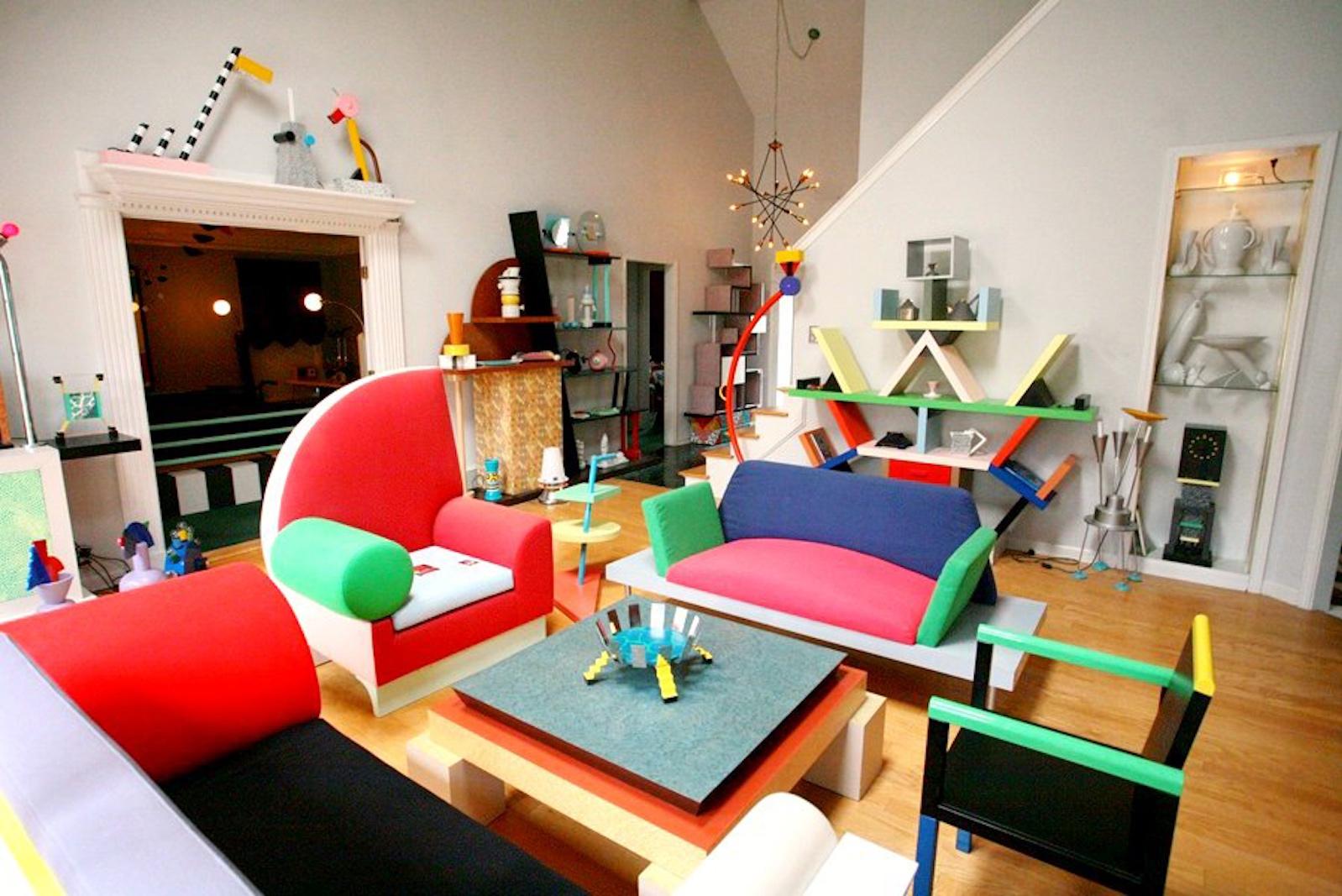Before the revolutionary movement rocked the art scene, the Memphis Group came from humble beginnings. Founded in 1980 by Italian architect and designer, Ettore Sottsass, the collective was comprised of international designers and architects who all had one objective: to radically dismantle and disrupt conventional design practice and aesthetic.
The group gained its name upon their unintentional first meeting; as they began sharing drawings and ideas for innovative furniture silhouettes, Bob Dylan’s Stuck in the Mobile of Memphis Blues Again echoed throughout the apartment. Inspired by the collaboration and intriguing ingenuity of the group, Sottsass proposed the idea of an art collective and thus the Memphis Group was born.




























